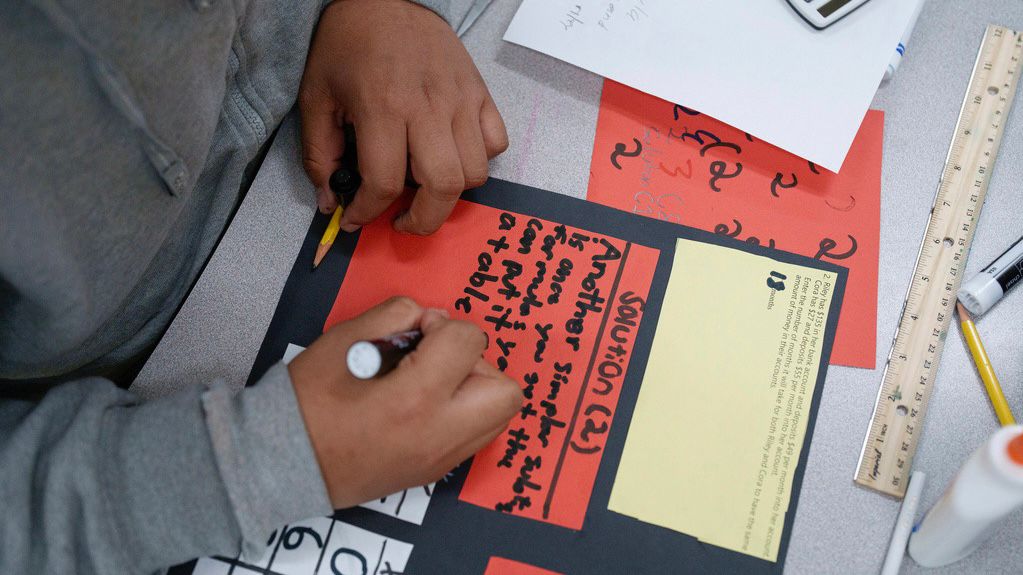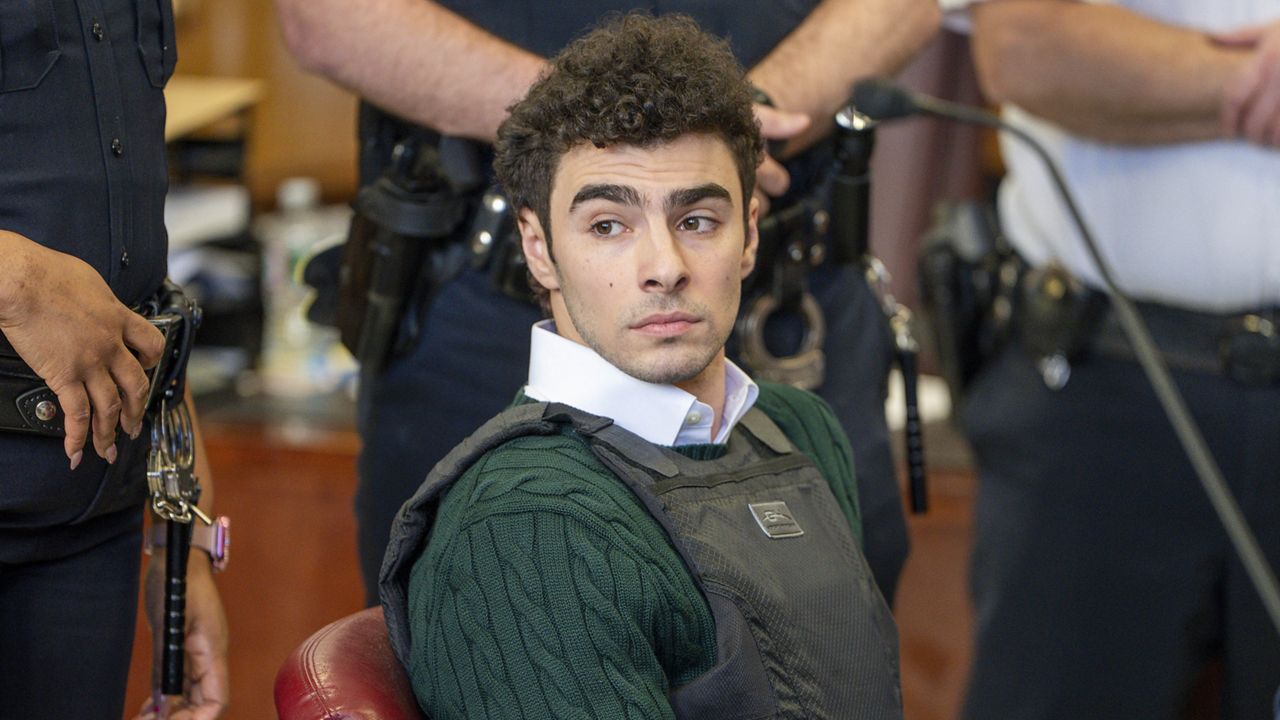SANTA ANA — Orange County has reported 713 newly confirmed cases of COVID-19 and six more deaths, bringing the county's overall totals to 15,778 cases and 360 deaths.
The new numbers, released Friday, came as most of the county's coastal cities prepared to close their beaches for the Fourth of July holiday weekend to prevent further community spread of the virus.
The county's cases included 1,208 residents of skilled nursing facilities, 406 jail inmates and 108 homeless people, according to the OC Health Care Agency.
The six deaths announced Friday were three skilled nursing facility residents and three county residents who were not living in a care facility. The total number of fatalities include 184 residents of skilled nursing facilities and 14 residents of assisted-living facilities.
The number of hospitalized patients in Orange County rose from 556 Thursday to 584, with the number of patients in intensive care dropping from 193 to 187.
County officials reported that they had performed 253,991 COVID-19 tests, with 8,075 documented recoveries.
County CEO Frank Kim said the decision to close county beaches Saturday and Sunday was made to align with most major cities along the coast, and out of concern that with indoor dine-in restaurants and bars closed the county's beaches would be more overrun than usual during the holiday weekend.
County-operated beaches affected by the order are Aliso, Carmel Point, Table Rock, Thousand Steps, Treasure Island and West Street in Laguna Beach as well as Capistrano, Sal Creek, Baby and Strand in Dana Point and Poche in San Clemente and Bayside in Newport Beach.
Gov. Gavin Newsom announced Wednesday that state beaches would also be closed in counties that close their coastline. Doheny, one of the more popular coastal points in the county, is a state beach in Dana Point.
Kim said any time large groups of people congregate there is a risk of spreading the virus, but, "We believe there is a much lower risk in outdoor settings."
Newport Beach, Laguna Beach, Huntington Beach and Seal Beach had already announced plans to close beaches for the holiday in light of spiking numbers of COVID-19 cases.
San Clemente will be under a soft closure with only parking lots closed through Sunday, but Mayor Pro Tem Laura Ferguson said she does not wish to close the beaches.
In Newport Beach, the decision to close beaches from 10 p.m. Friday to 6 a.m. Sunday followed news that two seasonal lifeguards in the city had tested positive for the coronavirus, and nearly two dozen others were placed in quarantine.
Mayor Will O'Neill said some of the other lifeguards were showing symptoms. He noted the fastest growing demographic of infected patients are in their 20s and 30s.
"They're going to bars, going to house parties, not doing a great job of social distancing," O'Neill said, adding that he hopes they will now "take this seriously" as officials have to retreat on business and beach activity.
"I cannot in good conscience add more onto our lifeguards," he said. "We just can't responsibly ask our lifeguards to do more with less."
O'Neill also implored beachgoers to stay away during the holiday weekend.
"Don't make our lifeguards and police chase you off," he said. "This is a hard enough year... This is a time we step up to where we need to be."
The Huntington Beach City Council voted in an emergency meeting Wednesday night to close all city beaches, Huntington Harbor beaches, Sunset Beach and the Pier on July 4.
Seal Beach's City Council voted to close its beaches and parking lots from 6 p.m. Friday through Sunday at sunrise.
On Thursday, Kim and Orange County Health Care Agency Director Dr. Clayton Chau, who is also serving as the county's chief health officer, addressed a gaffe in the county's reporting of coronavirus test numbers in the county.
County officials have been receiving results for both PCR swab tests and blood-based serology tests. PCR tests are considered much more accurate because a specimen is tested, but there is a high error rate for many serology tests, which measure antibodies created after someone gets infected.
The number of both types of tests the county was receiving were combined on May 28, a mishap discovered on June 3, Chau said. County officials stopped reporting both numbers at that point because the serology tests are not as reliable, Chau said.
Officials intended to correct the numbers it was reporting on the county's website, but a newly redesigned site was delayed until June 26 when the corrected data was made public — meaning incorrect testing data was provided for several weeks, Chau said.
Kim and Chau said they should have informed the public and county board earlier of the mistake. Orange County Board of Supervisors Michelle Steel said at a news conference Thursday she found out about it from a report in The Orange County Register.
Kim said the mistake did not factor into the county's application to the state to open up businesses, because the data came from the state and California public health officials were aware of the difference.
Orange County's three-day average increase of hospitalized patients is 11.4%, which exceeds the state's threshold of 10%.
Health officials insisted Orange County is in good shape in terms of hospital beds available. The county has 36.1% of its intensive care unit beds available, above the state threshold of 20%, and has 63.5% of its ventilators available, above the state standard of 25%.
Sheriff Don Barnes, who has been criticized for declaring at a Board of Supervisors meeting that he did not intend to be the "mask police," issued a statement on Thursday saying that face coverings are "important" to fight the spread of the virus.
Barnes said it was impractical to enforce face-covering mandates.
"As many other industries are gaining compliance through an education- first approach, deputies will continue to educate the public about the statewide face-covering requirement and will request voluntary compliance," Barnes said.
"During this time of strained police community relations, one only needs to look to New York and other jurisdictions where enforcement has resulted in uses of force and negative outcomes to recognize that an education- first strategy, aimed at obtaining voluntary compliance, is the most sensible and realistic approach.
"I expect that Orange County residents will continue to use common sense and responsibly wear a face covering, in addition to other recommended best practices such as frequent hand washing and maintaining physical distance, for the benefit of their own health as well as the collective health of the community. We must do what is necessary to stop the transmission of COVID-19."
Newsom this week said he has established "strike teams" of state officials who will seek to enforce compliance with COVID-19 guidelines.
Kim told reporters "enforcement can be a challenge" for county officials because they do not always have jurisdiction. In many cases it is up to local cities to enforce regulations, Kim said.










